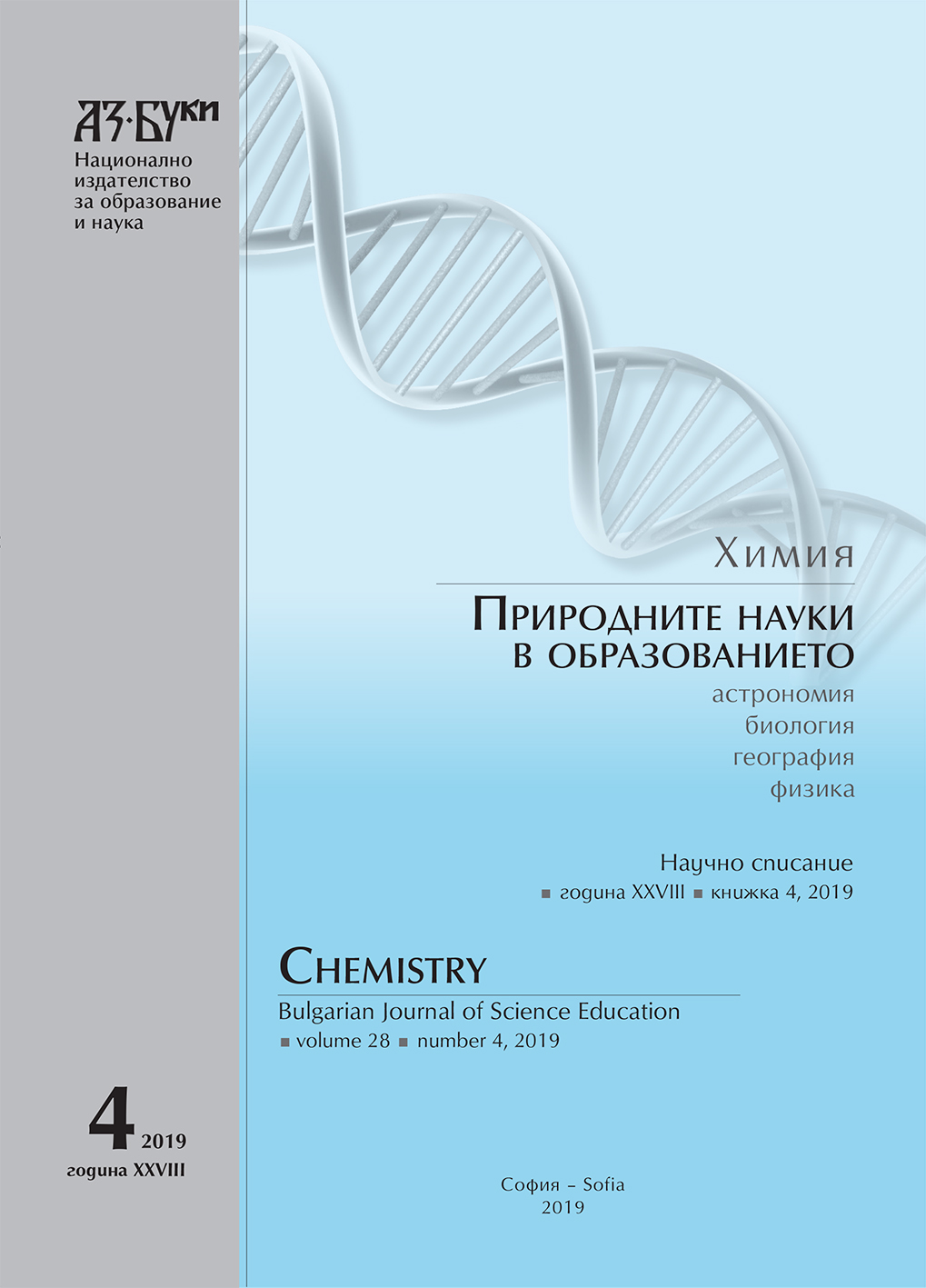From the Principle of Least Action to the Conservation of Quantum Information in Chemistry: Can One Generalize the Periodic Table?
From the Principle of Least Action to the Conservation of Quantum Information in Chemistry: Can One Generalize the Periodic Table?
Author(s): Vasil Dinev PenchevSubject(s): Philosophy, Social Sciences, Education, Special Branches of Philosophy, Philosophy of Science, School education, Vocational Education, Higher Education , History of Education
Published by: Национално издателство за образование и наука „Аз-буки“
Keywords: Emmy Noether’s theorems of conservation; quantum information; periodic table; quantum chemistry
Summary/Abstract: In fact, the first law of conservation (that of mass) was found in chemistry and generalized to the conservation of energy in physics by means of Einstein’s famous “E=mc2”. Energy conservation is implied by the principle of least action from a variational viewpoint as in Emmy Noether’s theorems (1918): any chemical change in a conservative (i.e. “closed”) system can be accomplished only in the way conserving its total energy. Bohr’s innovation to found Mendeleev’s periodic table by quantum mechanics implies a certain generalization referring to the quantum leaps as if accomplished in all possible trajectories (according to Feynman’s interpretation) and therefore generalizing the principle of least action and needing a certain generalization of energy conservation as to any quantum change. The transition from the first to the second theorem of Emmy Noether represents well the necessary generalization: its chemical meaning is the generalization of any chemical reaction to be accomplished as if any possible course of time rather than in the standard evenly running time (and equivalent to energy conservation according to the first theorem). The problem: If any quantum change is accomplished in all possible “variations (i.e. “violations) of energy conservation” (by different probabilities), what (if any) is conserved? An answer: quantum information is what is conserved. Indeed, it can be particularly defined as the counterpart (e.g. in the sense of Emmy Noether’s theorems) to the physical quantity of action (e.g. as energy is the counterpart of time in them). It is valid in any course of time rather than in the evenly running one. That generalization implies a generalization of the periodic table including any continuous and smooth transformation between two chemical elements.
Journal: Химия. Природните науки в образованието
- Issue Year: 28/2019
- Issue No: 4
- Page Range: 525-539
- Page Count: 15
- Language: English
- Content File-PDF

